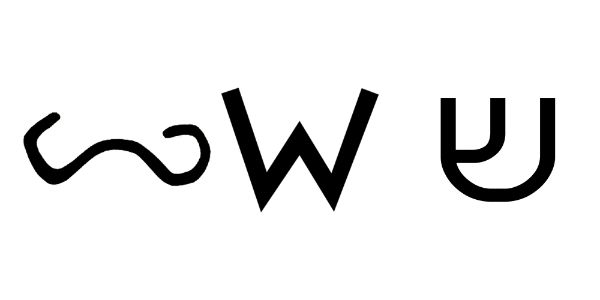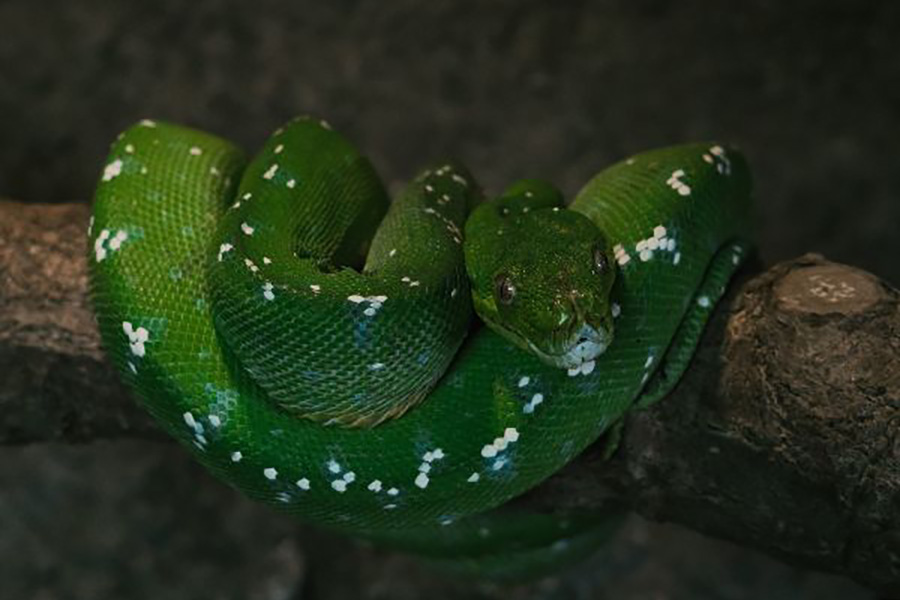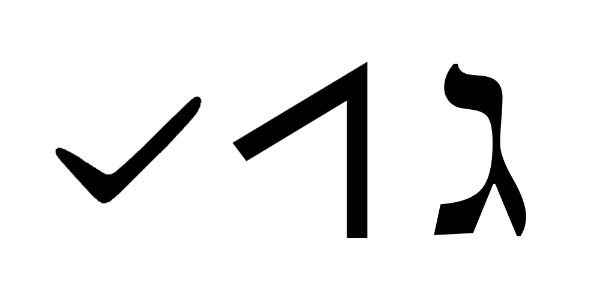« Back to Glossary Index
Synonyms:
𐤔, š
The letter shan (𐤔) or Sh/sh (Š/š) is the twenty-first letter in the Afroasiatic language known as Paleo-Hebrew (Ābarayat). The letter has been equated with the letter Sh and the letter S in the English language. Nonetheless, the letter Sh is the more accurate letter but can be easily confused with the letter S given the different ways the English letter is pronounced in modern words.
Extended Study for 𐤔 (sh)
To read the study guide entry that elaborates on 𐤔 (sh) then join our Extended Study Membership at https://www.paleohebrewdictionary.org/extended or use phdict.org/extended to share a short link with others.





